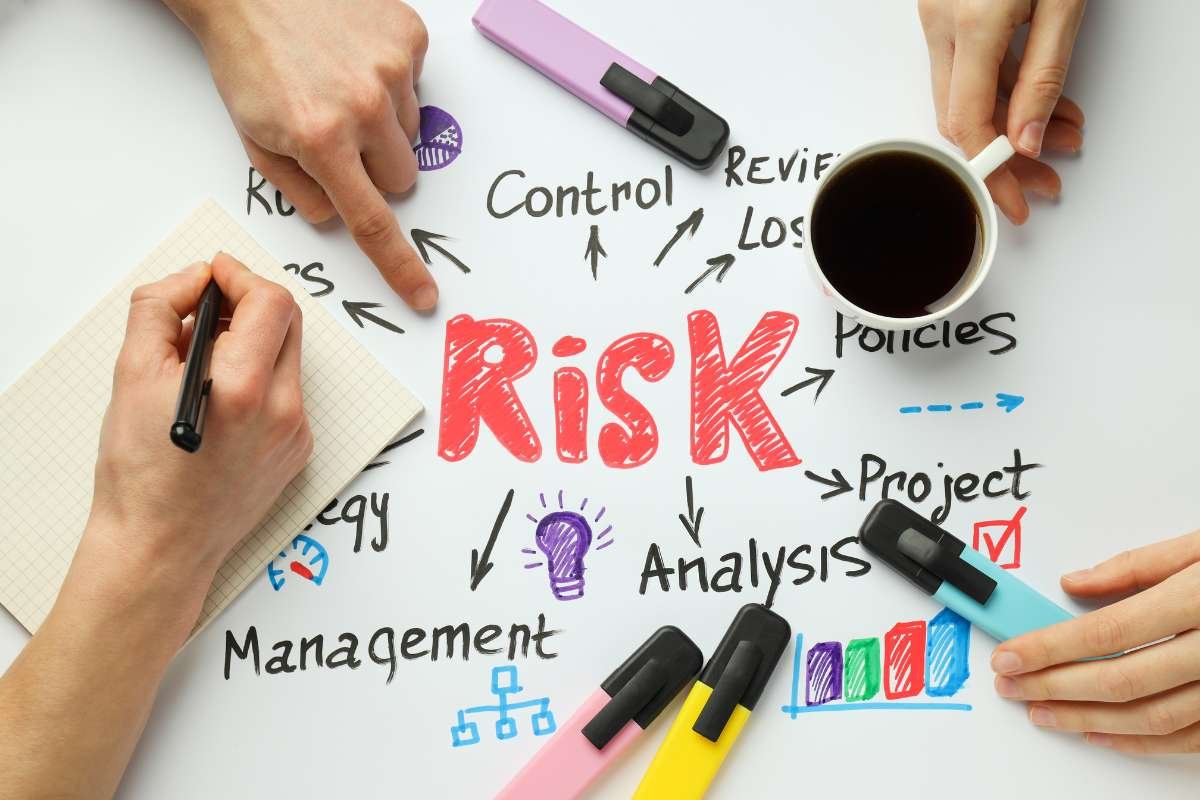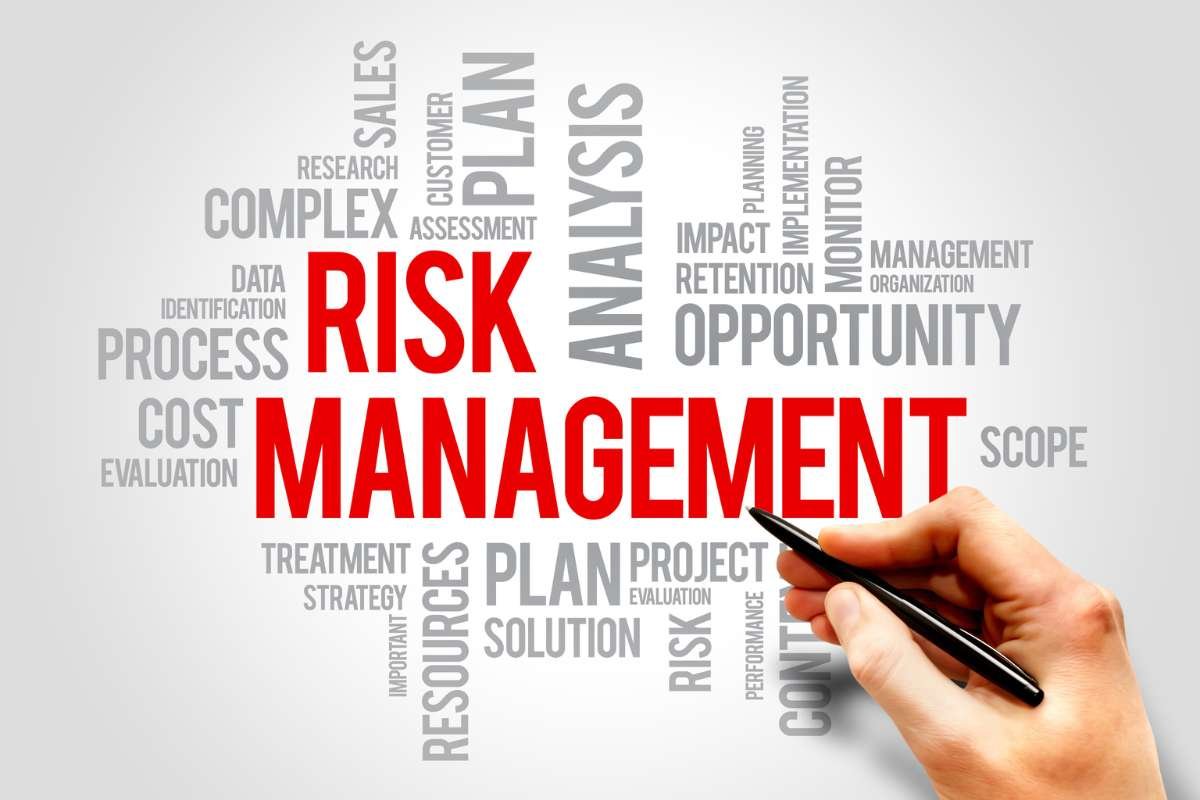A company as a party host planning a grand event. Everything is ready: food, music, and a perfect guest list. But some guests are allowed to bring their own dishes. If even one of those dishes turns out badly, the entire party could fall apart. In the same way, when a business depends on outside vendors or partners, a single weak link can cause big trouble.
That’s where third-party risk management comes in. It works like a careful host’s checklist, checking who’s bringing what, ensuring everything meets standards, and having a backup plan ready. This process helps businesses stay alert, avoid unwanted surprises, and keep operations running smoothly.
In simple terms, third-party risk management is about trust, but with smart supervision.
What is Third-Party Risk Management?
At its core, third-party risk management is the process of identifying, assessing, and controlling the risks that come when you work with external vendors, suppliers, or service providers.
For example, if a supplier has access to your data or systems, and they don’t do proper security, you’re vulnerable.
The term also covers ongoing monitoring of those third parties, not just when you bring them on board.
Why It Matters?
- A recent study found 61% of companies experienced a data breach or other security incident via a third party in the past year.
- In India, 52.6% of firms sampled had at least one third-party breach.
- Another report says 98% of organisations have a relationship with at least one third-party vendor that was breached.
These numbers tell us that third-party risk management isn’t optional; it’s essential if you want to protect your business.
Key Types of Risk

When you think about third-party risk management, these are some of the common risks to watch:
- Cybersecurity risk: If a supplier is hacked, and they have access to your systems.
- Operational risk: A vendor fails to deliver a service, disrupting your operations.
- Compliance risk: The third party doesn’t meet regulations, and you get caught up in it.
- Reputation risk: A vendor messes up in public and your brand takes a hit.
- Concentration risk: Too much reliance on one external provider, and if they fail, you’re stuck.
The Process of Third-Party Risk Management
Good third-party risk management follows a lifecycle. Here’s a simple breakdown:
- Identify and assess – Know who your third parties are, what they do, and how risky they might be.
- On-board and contract – Set clearly defined contracts with security, performance, and compliance requirements.
- Ongoing monitoring – Don’t forget them after the contract begins. Keep watch on changes in their performance or risk profile.
- Exit or renew – When the relationship ends, make sure you handle data return/destruction and document everything.
By following these steps, third-party risk management becomes a living practice rather than a one-time checkbox.
Best Practices for Your Business

Here are practical tips for applying solid third-party risk management:
- Create an inventory of all third parties and map their roles.
- Classify vendors by risk level (high, medium, low). Focus more effort on high-risk ones.
- Set clear contracts with terms for performance, security, compliance, and termination.
- Use continuous monitoring, not just annual reviews. Risks evolve.
- Involve leadership and stakeholders, and make sure senior staff understand and support the programme.
- Have an off-boarding plan, so when a third-party leaves, you are not left exposed.
- Train your team so they know how to spot early warning signs in third-party behaviour.
Unique Insight: Big Risk Hidden in Small Vendors

Sometimes, the vendor that seems harmless becomes the entry point. For example, a cleaning-services contractor might have access to a company’s network in a way the business didn’t fully vet. This shows how the chain of trust extends deep.
Also, many companies still use manual spreadsheets for vendor risk management, despite the scale of risk. That’s a weak link.
So the lesson: don’t assume low-profile suppliers = low risk. Treat third-party risk management as essential for all external partners.
Also Read:
- Wireless Network Security: A Modern Imperative for Digital Safety
- Boost Your Browser Security Today: Stay Safe and Smart Online
Conclusion
Returning to the party example, the company becomes the perfect host. Every guest enjoys the event, each dish adds value, and nothing goes wrong because everything was checked in advance. This is exactly how effective third-party risk management works, through smart planning, regular checks, and a reliable backup plan.
By following strong third-party risk management practices, a business builds confidence and stability. It avoids unexpected problems, protects its reputation, and keeps customers’ trust intact. Vendors remain valuable partners, but they are managed with care and attention.
In the end, a well-managed business, like a well-organized party, runs smoothly. Every detail is watched, every risk is handled, and everyone leaves happy. That’s the real success of third-party risk management: peace of mind and stronger partnerships.










